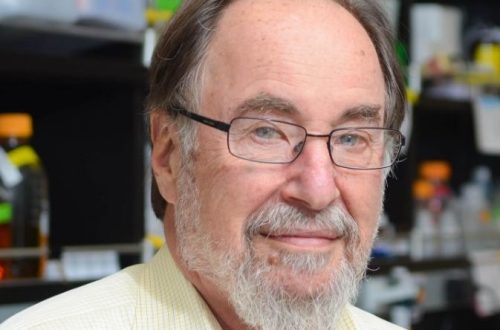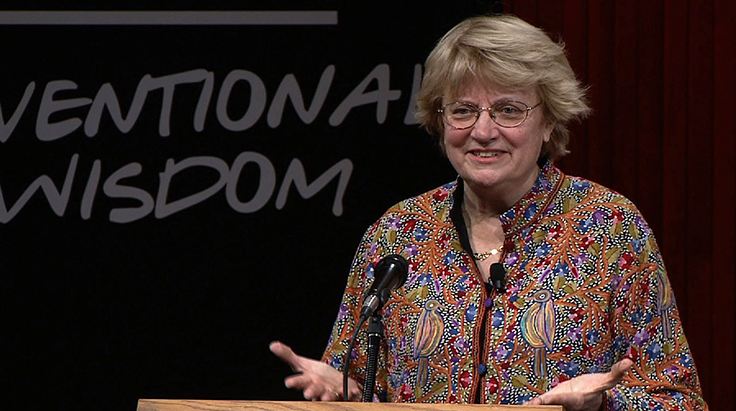
How to Contact Nancy Hopkins: Phone Number, Fanmail Address, Email Address, Whatsapp, House Address

Nancy Hopkins: 8 Ways to Contact Her (Phone Number, Email, House Address, Social Media Profiles)
Nancy Hopkins: Ways to Contact or Text Nancy Hopkins (Phone Number, Email, Fanmail address, Social profiles) in 2023- Are you looking for Nancy Hopkins’s 2023 Contact details like her Phone number, Email Id, WhatsApp number, or Social media accounts information that you have reached on the perfect page.
Nancy Hopkins Biography and Career:
By using zebrafish as a perfect model organism, MIT biology professor and geneticist Nancy Hopkins has had exceptional success in cloning vertebrate developmental genes. Hopkins’s group has cloned hundreds of genes that generate a healthy fish embryo using insertional mutagenesis, a method pioneered in invertebrate species like Drosophila but long deemed challenging to apply in vertebrates.
As a result of her work, she has been elected to numerous prestigious organizations, including the American Academy of Arts and Sciences in 1998 and the Institute of Medicine in 1999. Besides receiving several honors, Hopkins has been asked to discuss gender equality in science more than 400 times.
Hopkins was born in New York, New York, in 1943 to a family that included numerous engineers and scientists, including a chemist uncle, an engineer uncle, and an engineer great-uncle. However, when she was an undergraduate at Radcliffe College (Cambridge, MA), the once all-female annex of Harvard University, she considered a career in science.
The medical school at Hopkins abruptly changed its focus from practical science to fundamental biological research. Immediately after the presentation, she hurried to Watson’s lab at Harvard to enquire about possible employment opportunities. Hopkins spent the following year and a half finishing her degree requirements at Radcliffe while researching bacteriophage at Watson’s lab.
Working in the lab, she could rub shoulders with Francis Crick and Sydney Brenner. Hopkins’s strong scientific leanings were supported by Watson, even though women of Hopkins’s time were seldom encouraged to pursue science as a profession—his advice: “You ought to be a scientist. “You and I both have tunnel vision,” she remembered.

Watson strongly suggested that after Hopkins’ 1964 graduation from Radcliffe, she pursue further studies at the graduate level. However, she was hesitant to leave Watson’s lab and the research projects she had been invested in because of her close relationships with her professors and peers there. Her primary focus then was on a study to identify the protein responsible for regulating the expression of additional lambda genes called the lambda phage repressor. Mark Ptashne, a geneticist and a former teaching assistant in one of Hopkins’ seminars at Harvard, oversaw the effort.
Hopkins felt bad about dropping out of Harvard. Still, he took Watson up on his offer to pursue a doctorate at Yale University in New Haven, CT. Isolating the repressor was a formidable undertaking. She quickly discovered that no one at Yale was interested in taking it on. Hopkins dropped out of school after 1.5 years to become Ptashne’s technician at Harvard, where she has since remained. About six months later, Ptashne could effectively extract the isotopically labeled repressor.
After Hopkins finished her assignment with Ptashne, she was treated to a lecture by Watson. Hopkins continued researching the repressor for many years, eventually characterizing its characteristics and determining how it interacted with operators. She extracted DNA from operator mutants and used genetics to decide the operators the repressor binds to for her thesis. Her research demonstrated that different mutations in the repressor protein altered its DNA-binding properties. In 1971, Hopkins earned her doctorate.
Hopkins’s interest in genetics began with lambda phage because of how easily its genes could be accessed. However, as her education advanced, she got curious about applying her genetics expertise to a broader issue. Hopkins chose to study the genetics of animal tumor viruses because the experience of seeing her mother suffer through a minor type of skin cancer when she was a youngster inspired her to do so. Recent advances in the study of bacteriophage genes gave hope to a select group of researchers that cancer genes will one day be as easily accessible.
Over two years, Hopkins took the train from Boston to Cold Spring Harbour for her postdoctoral research on DNA tumor viruses, spending part of each week at Cold Spring Harbour before returning home to her husband after a ten-hour journey. She was contacted in 1973 with an offer to join the faculty at MIT’s brand-new Centre for Cancer Research.
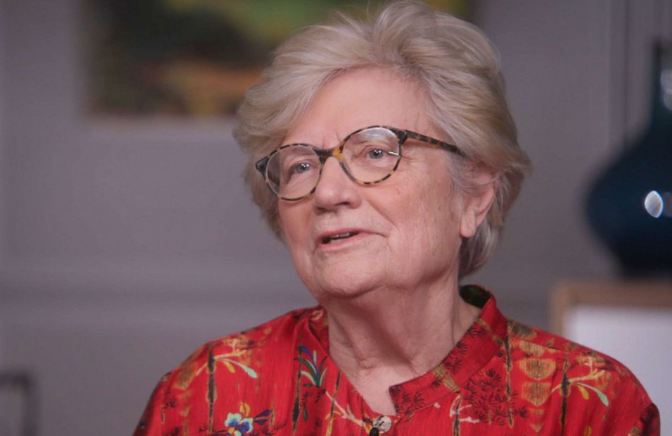
Hopkins was overjoyed to be given this chance. She reflected on her scientific career and how the moment was ideal for offering the proper infrastructure to study cancer. Hopkins was thrilled with her new research facility, which included an entire floor dedicated to studying tumor viruses, once she moved in during the summer of 1973 and set up her laboratory there. Salvador Luria and David Baltimore recruited her, and she shared an office with the recently hired Phil Sharp.
Thus it was pretty similar to working at Watson’s lab at Harvard. Two of these MIT researchers won Nobel Prizes for their work there, making the total number of MIT Nobel laureates three. However, Hopkins shifted her attention from DNA tumor viruses, thought to be a leading cause of human cancer then, to RNA tumor viruses. Today’s young faculty members would have difficulty making such a career transfer since changing directions may mean losing funding or extra years of service. To her, the two viruses were quite similar, even to phage lambda, and she noted that financing was more readily available in those days.
To better understand how and why viruses cause cancer, Hopkins and her students set out to identify the factors that affect the host range of mouse RNA leukemia viruses. Her early work was among the first genetic investigations of mouse RNA tumor viruses. The viral capsid protein p30 was found to be the determinant of the B- or NB-tropism of murine leukemia viruses, determining whether the viruses could grow well only on type B mouse cells or on both type N and type B cells, as reported by Hopkins and her colleagues in a seminal article published in the Journal of Virology in 1977.
This discovery came as a shock since it was previously believed that proteins on the virus’s surface determined its host range. In contrast, the p30 protein was considered to be buried deep inside the viral particle. Despite her interest in the finding, Hopkins decided not to follow it because she anticipated that elucidating the mechanism by which the outcome determined host range would be challenging. She was accurate in her hunch; scientists have not yet found a solution. Recently, it was shown that the capsid protein of HIV and SIV determines whether the virus infects monkey cells or human cells.
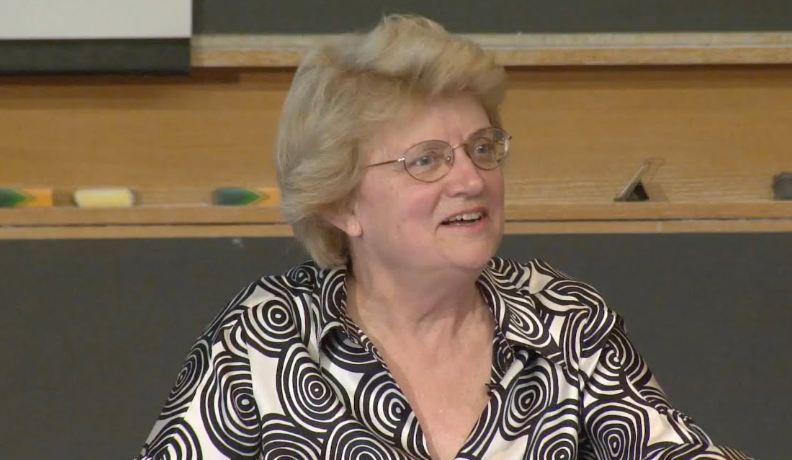
Nancy Hopkins Profile-
- Famous Name– Nancy Hopkins
- Birth Sign- NA
- Date of Birth– 16 June 1943
- Birth Place– New York, New York, United States
- Age – 79 years (As 0f 2023)
- Nickname– Nancy Hopkins
- Parents– Father: Alfred Francis Hopkins I, Mother: Anne DeWolf Gibson
- Sibling– NA
- Height– NA
- Profession– Professor
- Twitter Followers: NA
- Total Insta Followers: NA
- Total YouTube Subs: NA
Nancy Hopkins’s Phone Number, Email, Contact Information, House Address, and Social Profiles:
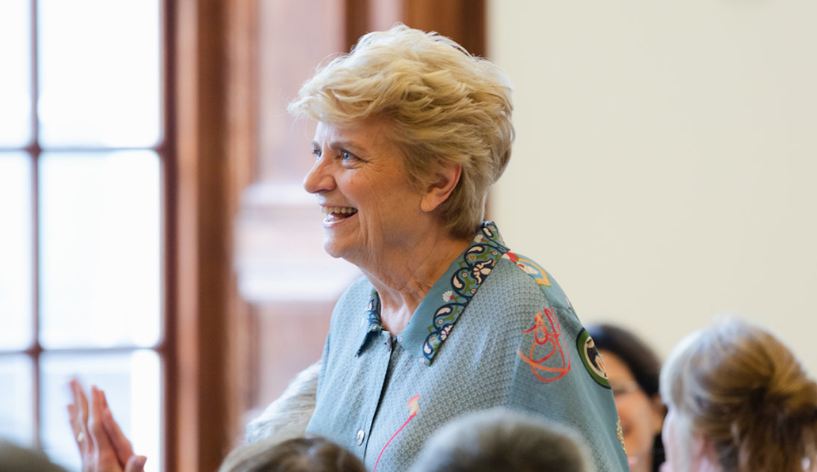
Ways to Contact Nancy Hopkins :
1. Facebook Page: NA
2. YouTube Channel: NA
3. Instagram Profile: NA
Nancy Hopkins also has an Instagram profile, where she gained a million followers and got around 100k likes per post. If you want to see her latest pics on Instagram, you can visit through the above link.
4. Twitter: NA
5. Phone number: 617-253-6414
6. Fan Mail Address:
Nancy Hopkins
New York, New York, United States
7. Email id: NA
8. Website URL: NA
Read Also: How to Contact Tasuku Honjo: Phone Number, Fanmail Address, Email Address, Whatsapp, House Address


